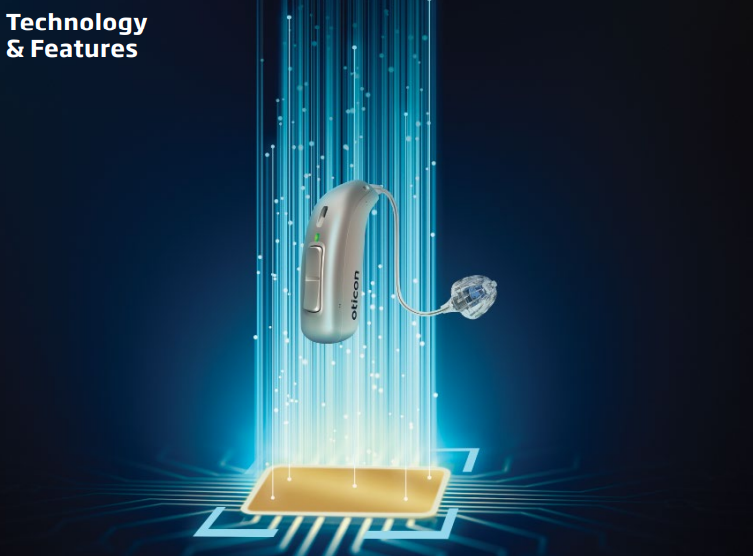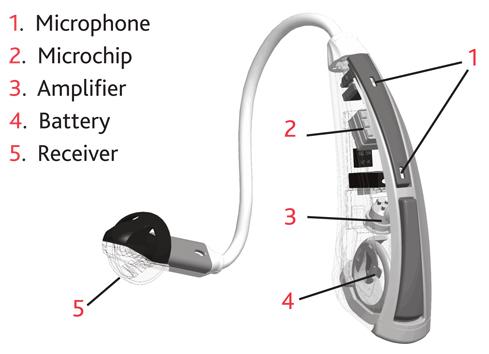
Hearing aids are small electronic devices that amplify sounds and make them louder so that people with hearing loss can hear them more clearly. In this blog, we’ll explore the fundamental components of hearing aids and how they work to improve hearing abilities for those with hearing loss.
The basic components of a hearing aid include a microphone, an amplifier, a receiver or speaker, and a battery. The microphone picks up the sound waves from the environment and converts them into electrical signals. The amplifier then increases the strength of these signals, making them louder. The receiver or speaker then converts these electrical signals back into sound waves and delivers them to the ear.

Today’s hearing aids are digital and come with advanced features such as artificial intelligence, deep neural networks, noise reduction, directional microphones, and feedback suppression. Some hearing aids also connect to smartphones and other devices using Bluetooth technology, allowing the user to stream audio directly to their hearing aids and control user settings from an app on their smartphone.
It’s important to note that hearing aids do not restore hearing to normal. They can only amplify sounds and make them easier to hear for people with hearing loss. The effectiveness of a hearing aid depends on the type and severity of the hearing loss, as well as the individual’s preferences and lifestyle.
Hearing aids have a multitude of functionality and programming options. This blog reviews the basics to the question, how do hearing aids work. To understand specific questions about features in hearing aids, it is best to contact your local audiologist.
